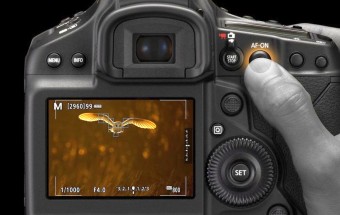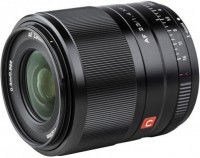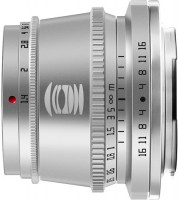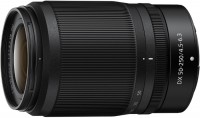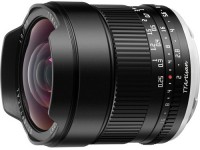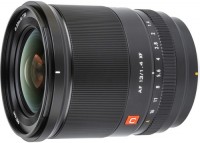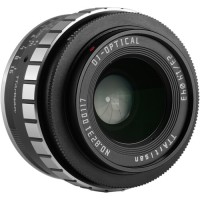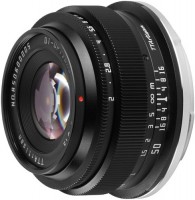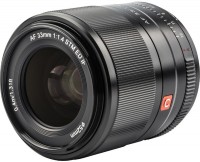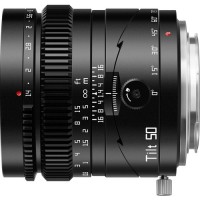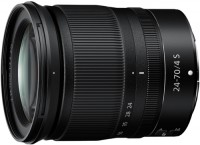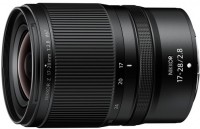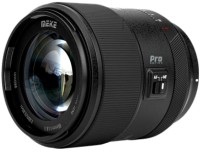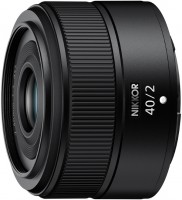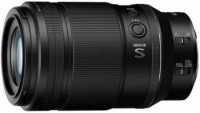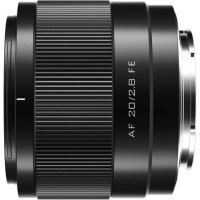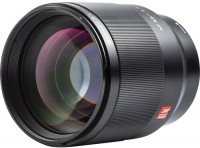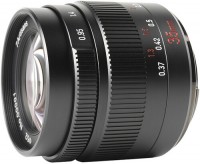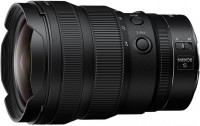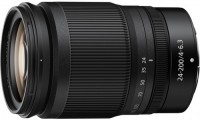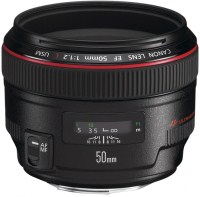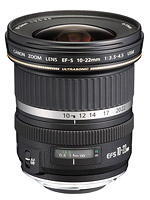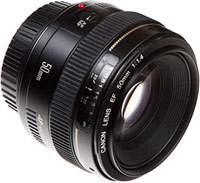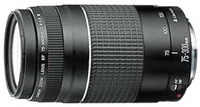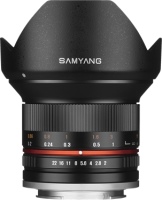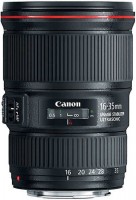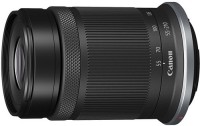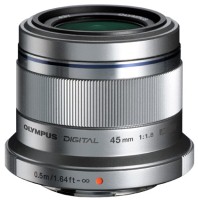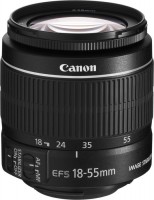Best Flagship Lenses for Full-Frame Mirrorless Cameras with Nikon Z Mount
We independently test the products and technologies that we recommend.

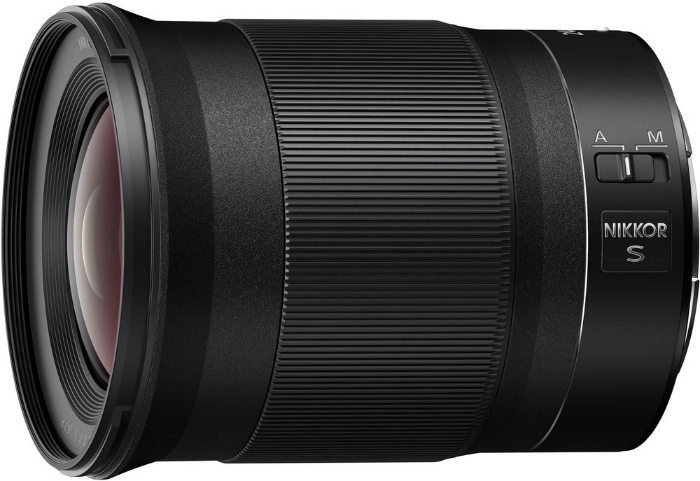
The so-called "wide" lens Nikon Nikkor Z 24mm f/1.8 S is suitable for shooting various scenes: landscapes, architecture, interiors, street photography, etc.
The model uses a dust and moisture-resistant design with rubber seals near the bayonet mount and other vulnerable areas. Inside the lens is an optical scheme of 12 elements in 10 groups. It includes two aspherical lenses to minimize distortion and one ED element to combat chromatic aberrations. The lens's glare protection is provided by the Nano Crystal Coat, which is applied to some lenses in the optical formula.
The lens is equipped with a fast and silent autofocus system driven by two STM stepper motors. The user can fully rely on automation, and manual focus adjustment is available at any time using the wide control ring on the body. This ring can be reassigned to other functions from the camera menu.
The aperture of the "wide" lens is 9-bladed, the diameter for filters is 72 mm, and the model weighs 450 g. Although the model cannot be called compact, using the lens is a pleasure in terms of ergonomics and high image quality.
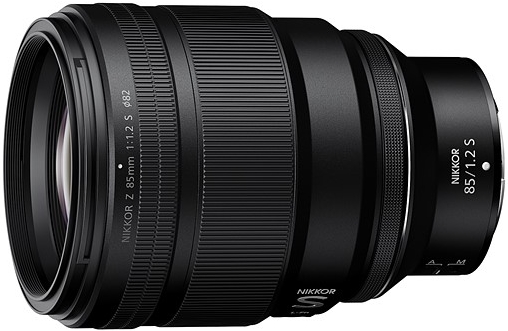
Nikon Nikkor Z 85mm f/1.2 S is one of the most expensive portrait lenses among all bayonet systems. However, in terms of drawing character, the model is also unrivaled.
The lens has a standard focal length of 85 mm for portrait photography. Its 11-blade diaphragm opens to a maximum value of f/1.2. For diaphragm control, the lens design includes a separate control ring. At the same time, the model is equipped with a manual focus ring, which can be programmed for other functions (e.g., exposure correction).
The f/1.2 aperture is working for the lens — Nikon Nikkor Z 85mm f/1.2 S delivers sharp images in the center of the frame and effectively blurs the background behind the main subject. The soft and plastic bokeh will surely please portrait photography enthusiasts. The lens's optical formula consists of 15 elements in 10 groups, including two aspherical lenses and one ED glass. Additionally, the lenses are coated with Super Integrated Coating and specialized Nano Crystal Coating to eliminate glare and halos.
The model has a dust and moisture-resistant design, is equipped with a thread for 82 mm diameter filters, and a dual autofocus drive with STM motors. The focusing system is internal, so the lens does not change in size, which is 102.5 mm in diameter and 141.5 mm in length. The portrait lens weighs 1.16 kg.

| Nextdaycamerashop.co.uk | £1,750.00 | To Store |
Zoom lenses with a wide field of view and constant high aperture f/2.8 are not cheap. This is confirmed by the example of the top wide-angle Nikon Nikkor Z 14-24mm f/2.8 S.
The model belongs to the segment of advanced optics for mirrorless cameras of the Nikon Z system. Compared to the mirror counterpart, it is significantly more compact and lighter — the lens dimensions are 89x125 mm, and the weight is 650 g. The wide-angle zoom is designed for landscape, architectural, and interior photography, and it performs equally well in both photography and video recording.
Inside the lens is an optical scheme of 16 elements in 11 groups with proprietary anti-glare Arneo coating (including 3 aspherical lenses and 4 low-dispersion ED glasses). During focusing and zooming, the lenses move inside the body — the model does not change in size by a millimeter. The automatic focus is handled by a silent STM stepper drive. Manual focus can be adjusted using the control ring, complemented by smooth diaphragm rings, another customizable ring, and a programmable button.
On the top of the wide-angle lens body is an informational OLED screen that displays the main shooting parameters. The model comes with a petal hood, on which large diameter 112 mm filters are supposed to be installed. They can also be mounted on the back — smaller filters will be cheaper. Nikon Nikkor Z 14-24mm f/2.8 S delivers excellent images with minimal geometric distortion, superb sharpness across the entire frame, and no aberrations.
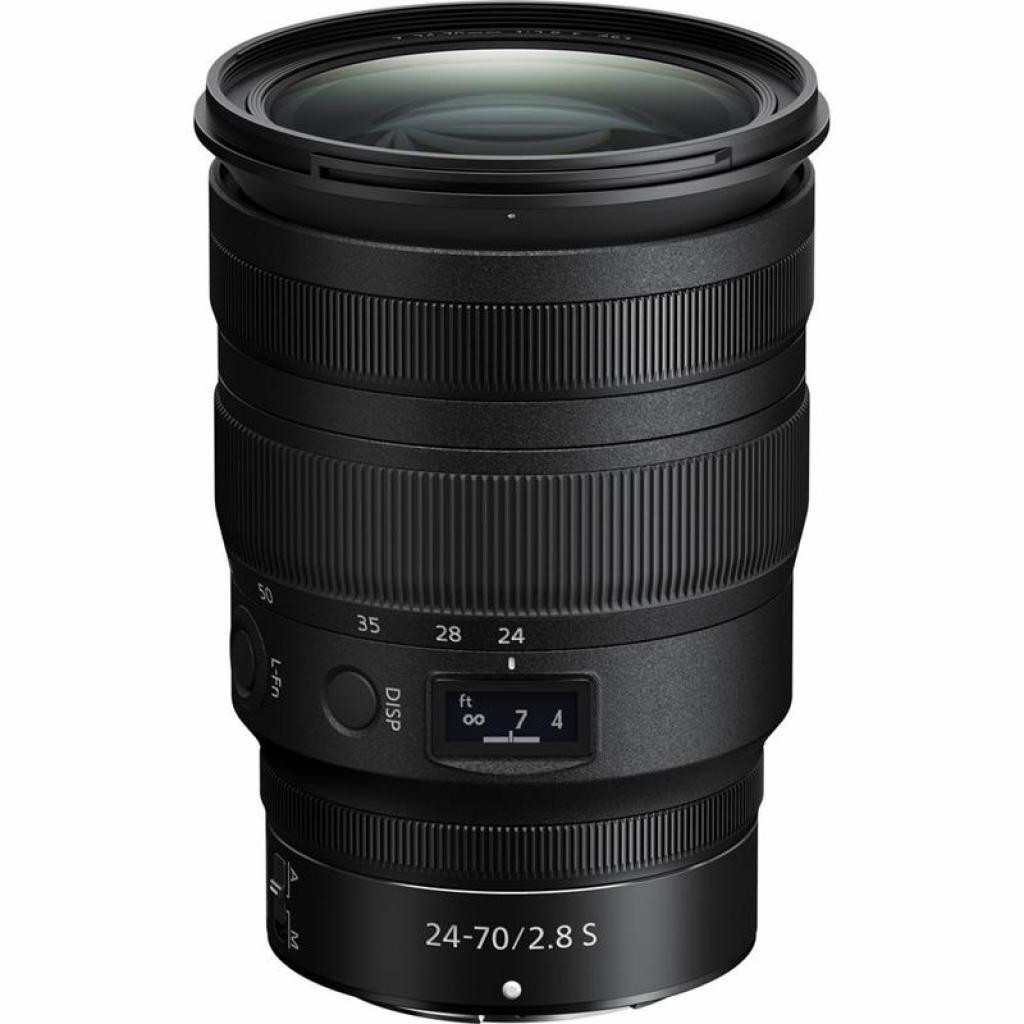
Professional photography almost always starts with 24-70 mm optics. In Nikon's portfolio for the Z-system, there are two lenses with such a set of focal lengths: a cheaper option Nikon Nikkor Z 24-70mm f/4.0 S and a more expensive zoom, but with an aperture of f/2.8.
The more advanced modification of the lens is assembled in a dust and moisture-resistant body weighing only 805 g. This is a good quarter less than the counterpart for Nikon DSLRs. The model's body "packs" a complex optical scheme of 17 elements in 15 groups along with a stepper autofocus drive for smooth and fast focusing. The lens delivers sharp images without any distortion or aberrations already from the open diaphragm at any focal length. To eliminate glare, it uses proprietary Arneo and Nano Crystal Coat lens coatings.
Nikon Nikkor Z 24-70mm f/2.8 S is equipped with three rings, an informational OLED screen, and a programmable L-Fn button. Now in order. The ring closer to the lens frame is used for manual focus adjustment, the wide ring in the middle is for zooming, and the one near the bayonet mount is for diaphragm or exposure correction at your choice. The display on the model shows the aperture values, selected focal length, and focus distance. Finally, the L-Fn button can be assigned quick access functions to a multitude of shooting parameters.
In terms of bokeh rendering, the lens stands in line with many primes — circles in the out-of-focus area are round and neat, for which a special "thank you" should be given to the 9-blade diaphragm. The model is suitable for those who intend to squeeze the maximum possible out of the Nikon Z system mirrorless camera. However, it is also correspondingly expensive.

| Amazon.co.uk | £1,809.00 | To Store |
The heavyweight lens Nikkor Z 70-200mm f/2.8 VR S is the flagship telephoto lens for the full-frame mirrorless cameras from Nikon.
The model covers the most sought-after range of focal lengths from long-range values — from 70 to 200 mm. At the same time, the maximum aperture of the optics remains the same throughout the zoom range and is f/2.8. Optical stabilization helps to obtain sharp images at such "long" focal lengths — it provides compensation for up to 5 stops of shutter speed or frame exposure. The stabilizer is also useful in video recording mode.
The telephoto lens turned out to be large and quite heavy — no joke, it adds almost one and a half kilograms to the camera equipment set. Inside the model is an optical scheme of 21 elements in 18 groups. The precise selection of lenses allows achieving razor-sharpness already from the open 9-blade diaphragm. At the same time, the lens "draws" excellent detailed bokeh. To minimize glare, some optical elements are coated with proprietary Arneo coating.
In terms of ergonomics, there are absolutely no questions about the lens. The controls include three ribbed rings (for zooming, manual focus setting, and a programmable ring), as well as two customizable buttons. Moreover, the L-Fn 2 button is duplicated on the body in three more places. A removable tripod foot is attached to the telephoto lens body. An additional argument in favor of the model is reliable dust and moisture protection.
Was this article useful? Yes0 No0 |
Articles, reviews, useful tips
All materials